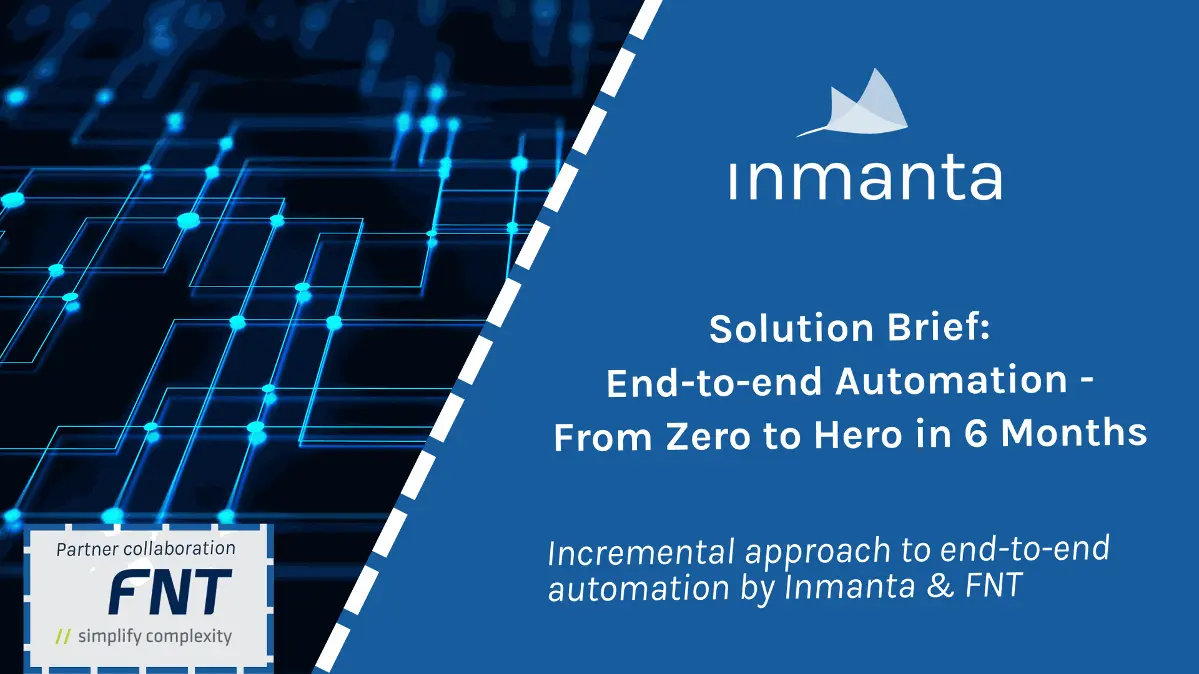We organized a brainstorming session during our last team event to discuss improvements for our internal reviewing process. We asked five individuals from the technical and non-technical teams to share how they structure their reviewing process. This discussion turned out to be a highly effective and engaging team building activity. In this blog post, we share our main takeaways, which we hope could help other companies.
The importance of a thorough review
Our commitment to continuous learning pushes us to seek new reviewing methods and improve those that work. We place a high value on the quality of our work, and while automated testing (for coding) helps maintain standards, it doesn't provide the insight needed to refine the solution. Much like how a spell-checker can flag grammatical errors but won’t assess whether your message is coherent or complete, automated systems can't replace the human touch in reviewing.
Reviewing the work of your peers almost sounds straightforward: read over it, find mistakes, and leave comments or feedback. The author then makes the needed changes, and the job is done. In reality, the process of reviewing is more complex and time-consuming. Moreover, approaches and opinions can vary greatly from one person to another, introducing an additional layer of subjectivity.
The reviewing process can easily stir up silent frustrations across different teams, whether it's a tech team refining code, or a marketing team scrutinizing articles and blog posts. These frustrations often stem from misaligned expectations, lack of clear communication, or even subtle differences in perspective and expertise. While the goal of a peer review is to improve the quality of the work, the process itself can feel burdensome, especially when feedback isn't delivered constructively or not applied.
The challenges
One common challenge is that reviewers may have different levels of familiarity with the subject matter, leading to discrepancies in feedback. A reviewer who is deeply knowledgeable about the topic might suggest highly specific changes, while a less experienced reviewer may focus on surface-level issues.
Additionally, the act of reviewing requires a delicate balance between offering constructive criticism and maintaining a positive team dynamic. No one enjoys having their work critiqued with hundreds of comments, and even well-intentioned feedback can be misinterpreted as overly harsh or dismissive. This can overwhelm authors, making it difficult for them to interpret and apply the suggestions, leading to discouragement.
A particularly frustrating phenomenon is the “ping-pong” review, where endless comments bounce back and forth, turning into a prolonged argument that overshadows the feedback’s main intent. This can be especially problematic in fully remote teams, where communication is already more challenging. Breaking out of this cycle requires deliberate effort and clear communication.
Our tips for better reviewing
The consensus from our session was clear: reviewing takes significant time and energy. Optimizing this effort not only eases the burden but also strengthens collaboration.
Here are the main takeaways we identified for improving our process:
- Start with a high-level review. Before diving into the details, ensure that the big picture is correct. There's no point in addressing minor issues if the overall structure or approach is flawed.
- Be explicit as a reviewer and be proactive as an author. It’s good to provide clear, actionable feedback, but it doesn’t require rewriting the entire piece as a reviewer. Both author and reviewer are responsible. If a remark is more widely applicable, the reviewer should explicitly mention this. Even when it is not mentioned, the author should question themselves critically if it’s applicable in other affected areas.
- Communicate directly when needed. When complex issues arise, it’s often faster and more effective to have a quick meeting or call rather than relying solely on written feedback.
- As an author, respond to all feedback. Don’t leave questions from the reviewer unanswered, as this can stall progress and lead to misunderstandings. A simple thumbs-up on a comment can already be a helpful check to know you’ve acknowledged the feedback.
- Not everything is a change request. Not every question is a request for change—some may be seeking clarification or understanding. Don’t blindly implement a change to answer a question.
- Pre-review your own work. Before submitting your work for review, take the time to critically assess it yourself. This will reduce the workload for the reviewer and improve the quality of feedback you receive.
- Consider the task’s scope and context. Keep in mind the broader objectives and constraints of the project when reviewing, so your feedback is relevant and actionable.
- Choose the right reviewer. Ensure you’re asking the appropriate person to review your work, based on their expertise and familiarity with the subject.
These insights could be applied to any team aiming to enhance their peer review process, whether in technical fields or creative environments. The key is to foster a culture of clear communication, mutual respect, and shared responsibility.

